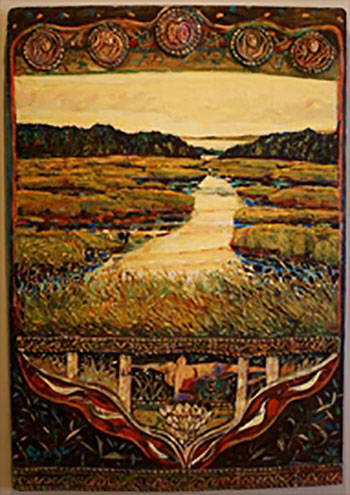| HIRDETÉS |
HIVTALOS FORDÍTÓ
Érsek András
Ordre des traducteurs, terminologues et interpretes agréés du Québec
, magyar, angol, francia, román
Tel: (514) 781-9768
Fax: (514)626-0869
Email: itt
|
|
KERESÜNK
magyarul beszélő személyt, A Magyar Társadalmi Klub (Hungaria) keres, kiszolgálás és kisebb feladatok ellátására, hétvégenként és rendezvények alkalmával.
Tel: 514-288-7966
kérje Tibort. |
|
A Magyar Aranycsapat ez évben is megrendezi a Nemzeti Összmagyar Diákbajnokságot
(sakk, bírkózás, asztalitenisz, magyar irodalom és történelem).
További információ Gyuri bánál.
Tel: (814-586-9647) |
|
Családi Temetkezési
Vállalkozó
693. Jean Talon O.
(Park Extention)
Montreal, H3N 1N1
Tel: (514) 271-1212 |
|
Dr. Machan Tamás
Családi fogorvos
6600. Trans Canada,
Suite 807
Pointe Claire,
QC.
H9R 4S2
Tel: 514-426-4228 |
STEVE Electric Inc.
Szőke István
Hívjon bármikor:
Tel: 514 981-5527
vagy (450) 688-59831 |
 |
KERESÜNK
magyarul beszélő személyt, A Magyar Társadalmi Klub (Hungaria) keres, kiszolgálás és kisebb feladatok ellátására, hétvégenként és rendezvények alkalmával. Tel: 514-288-7966 kérje Tibort. |
 |
|
|
|
|
Back to where it all began
Magyar Krónika,
2014. október 15.
By Regina Haggo |
| |
 |
 |
|
In the 1920, a journalist from Hungary dubbed Hamilton the Hungarian capital of Canada.
It's not anymore, but it's still home to a number of Canadian-Hungarian artists. In 2002 an exhibition of six mainly local artists at Gallery on the Bay led to a major travelling exhibition of more than 40 Canadian-Hungarian artists.
The exhibition, Re: In Situ, has travelled to Hungary, Quebec and New Brunswick. It is now at Gallery on the Bay and two additional venues: You Me Gallery and Workers Arts and Heritage Centre.
"Who we are as Hungarians becomes a matter of being 'in situ,' meaning that we and our artistic expressions are shaped by who surrounds us and what place we are in," says Burlington artist Mary Keczan-Ebos, the exhibition's co-curator.
The artists, all well-established in Canada, belong to the Canadian-Hungarian Artists Collective, founded by Andrea Blanar. A painter of gorgeous landscapes, she is the driving force behind this exhibition.

"It was, in all my organizing career, the most time-consuming and complex project," she told me. "When I approached curators and experts they said it was impossible to orchestrate so many artists and media in an international project that would later tour Canada. That it needed endless full-time staff and a giant budget. We proved them wrong."
Blanar and her volunteers spent about three years raising money and finding sponsors. They found artists, selected works and packed them up for travelling.
Some artists were born in Hungary, others in Canada, children of parents and grandparents who came to Canada as refugees.
"One was not sure of whether one was Hungarian or Canadian," says Blanar, who was born in Hungary. "So there was, I think subconsciously, the need to discover what it meant to be Canadian."
Creating art is a way of finding one's identity. These artists work in a variety of styles and materials including painting, photography, collage, ceramics and textiles.
Patricia Gulyas paints in a spacious, lifelike style in "Summerland." Her composition evokes a dreamlike silence. It looks surreal because she brings together objects in a delightfully unexpected combination. A mountain goat perches precariously on a pear that floats against a vivid blue sky. The moon above illuminates the water below.
Miklos Rogan's "Still Life" is more animated and abstract. Sinuous curves dominate the composition, each shape clearly separated from another by sharp edges.

Susan Szenes takes to collage in "Stompin Grounds." She creates a textured surface with layers of paint, nails, hinges, paper and photographs.
And a teapot in the shape of a long-necked bird belongs to Eva Ferenczy-Reichmann.

She covers the body of "Paradise Bird Teapot" with spirally flowers. The mouth serves as the spout and a long handle loops over its back. The lid lies under the handle, its handle a snail-like spiral that grows inside the pot.
Blanar says filmmakers from Hungary played a major role in developing Canada's National Film Board.
|